Many copyright works – especially books – have a potentially lengthy commercial lifespan. Of course, longevity does not necessarily equate to commercial success, but the longer a work’s ‘shelf life’, the better the prospects for the owner. Strangely enough, a...
Blog
Orphan Works circa 2014
Absent a legal solution for the orphan games, archivists have to balance the risks. On the one hand, to not archive them risks their physical deterioration and loss to our cultural heritage, but does comply with copyright law. On the other hand, to digitally archive the orphan games will preserve them for cultural heritage but there is a risk (maybe quite small but you can never be sure!) that the copyright owner might appear and instigate legal proceedings for copyright infringement.
The law – is it an ass?
During April this blog will focus on the legal environment for computer games of the 1980s. This post explains why many early computer games are “orphan works”. (An orphan work is a work which is protected by copyright, but whose rights-owner, or owners, cannot be identified and/or located.) Orphan works cannot be used for purposes which are protected by copyright.
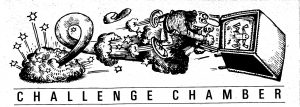
Challenge Chamber
Showcasing gaming achievement was important for many game fans. Home computer fans had no public leader boards like those enjoyed in the arcades but magazines once more came to the rescue of Australian micro computer gamers. Each month with the pages of the Australian edition of PC Games, gamers were invited to send their high scores in ‘Challenge Chamber’.
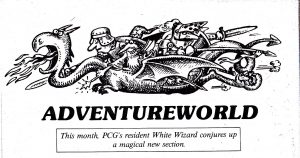
Adventure Fans, Clubs and Help Columns
Help columns were a regular feature of computer magazine in the 1980s. As Adventure games were perhaps the most challenging games to play frequently leaving players stuck and unable to progress the Adventure help guru was a must for most game publications. The popularity of “The Hobbit” and the challenges of the Megler’s world and puzzles and the possibilities of Mitchell’s parser saw many column inches dedicated to the game.
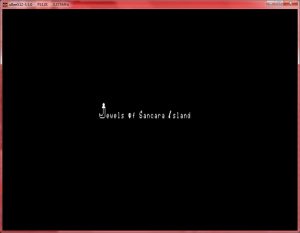
Home Coder: Lost Treasure Recovered
Forgotten what amused your 12 year old self? Rediscover the pleasure of school boy gags and code with this lost game of the 1980s. Matthew Hall‘s Microbee adventure game the “Jewels of Sancara Island” had survived the last thirty or so years as a Turbo Pascal...
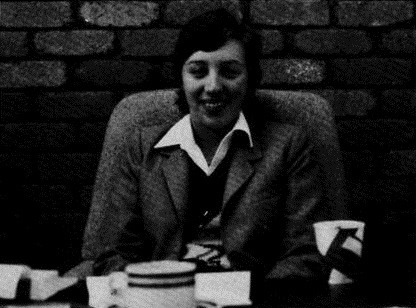
Ruminations On “The Hobbit” Fandom
In the last year of a Bachelor’s degree in Science at Melbourne University in 1981, Phil and I were hired by Fred Milgrom as part-time programmers to write “the best adventure game ever”. Based on the game’s commercial success and feedback from fandom still rolling in three decades later, we succeeded in doing so: possibly the best-selling text adventure of all time.
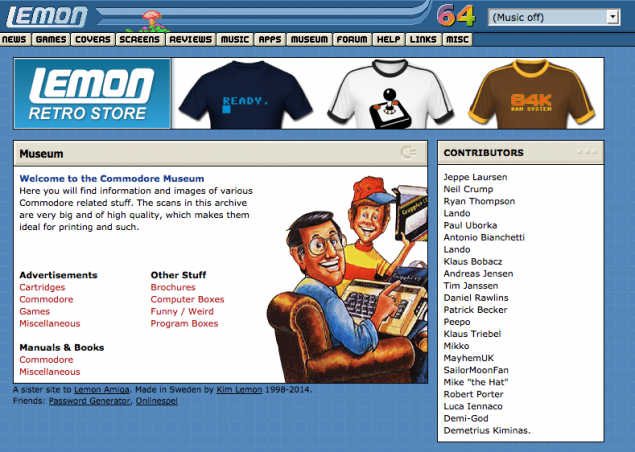
Fans, Fan Communities and Game Culture
Over the next few weeks, our theme focus is on game fans and fan communities. Fans have had a significant role to play in taking the initiative to document and preserve videogames – the software, the hardware they were played on, and the memories and experiences of first playing them. Game fans have understood the cultural value of videogames long before universities and museums began addressing this issue. Operating outside institutional structures, fans have drawn on the combined knowledge of large communities to build a history of gaming that’s alive and dynamic and which continues to grow.
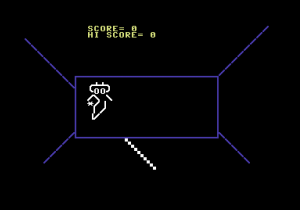
How I got started in games – Matthew Hall – Klicktock
I started making games when I was 8. I got a Commodore 64 for my birthday. And I got one game, which was a game called “The Pit” – it’s rather obscure and it’s really shit – and the other thing I got, of course, was a manual. And so the game I finished very quickly, and then I had nothing else to do so I dove straight into the manual.
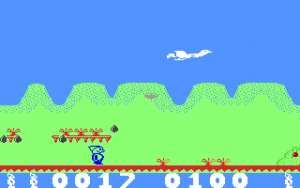
Part 3: 1980s Home Brew – The Games… Carl Muller shares his remembrance of home coding
As a teenager I loved the 1980s animated TV series Smurfs, based on the adorable 1950s comic characters. When I got a Commodore 64 I thought “with the power of sprites, surely I could create a game based on Smurfs?” and so for three months in early 1985 I tried to prove to myself that I could.
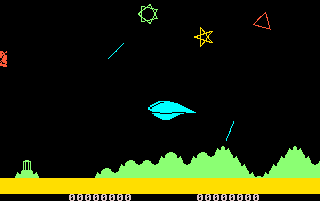
Part 2: 1980s Home Brew – Keeping up with the Commodore with Carl Muller
In Part 2 Carl tells us about finally getting his own computer, joining the local computer club and in how his interest in games design inspired him to learn Assembly language and dissemble games studying the works of UK designer Jeff (Yak) Minter.

Part 1: 1980s Home Brew – The Beginnings 3 part special from NZ designer Carl Muller
In Part 1 Carl tells us about where he first encountered computers as a child in Fiji and how he created his first games (and made his first sale) typing listings onto the display machines at his New Zealand home town’s computer shop.
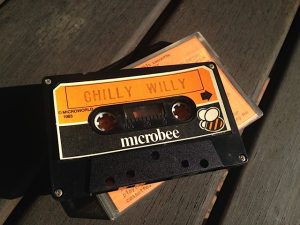
My start in the games industry
I’ve been making games for a while and what got me into games as a kid was a visit to the Lismore Show. I grew up in rural NSW and a trip to the Lismore Show was a big event – it was basically lots of cows and horses and ferris wheels. A number of tents were set up to show off different things and in one of the tents was a computer exhibition. In the exhibition they had a PET computer running a game called “Colossal Cave”, which was written by Crowther and Woods.
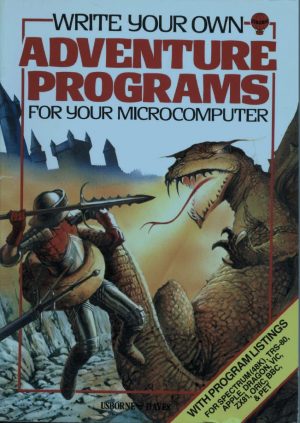
If you had access to a micro computer in the 1980s chances are you played a text adventure.
Frustrated gamers playing text adventures would inevitably find themselves at some time typing a string of expletives into the hapless interface only to be rewarded by a snide comment or just more stonewalling from the game. Infuriating and often very punitive on the player the punishing nature of these games made the actual mastery of a text adventure a special pleasure.
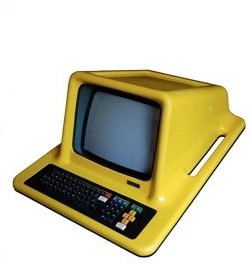
The Poly Computer: NZ’s purpose-built school computer
The New Zealand government’s Development Finance Corporation partnered with Progeni Computers, in Lower Hutt, to form Polycorp. The Poly-1 was manufactured by Polycorp and became available in 1981. Meanwhile the original prototype team had pitched a concept successfully to the Minister of Education, for a commitment to support the computers’ development and guarantee take-up of a certain number of Polys into NZ schools.
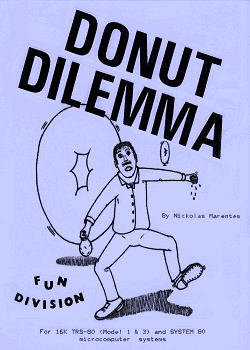
The Life and Times of an 80’s Game Programmer – Putting it all together
How does game development back in the early 80’s compare to game development today? For starters, the computers of that era were far less powerful and didn’t have anywhere near the graphics and audio capabilities of today’s power houses. My TRS-80 was monochrome and offered a graphic resolution of only 128 x 48 pixels and sound was generated by toggling the cassette output port on and off.
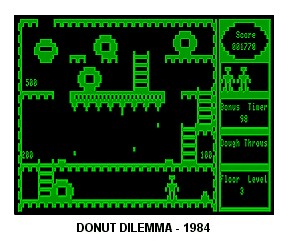
The Life and Times of an 80’s Game Programmer – Chasing a Dream
I was a bedroom programmer like many others who shared this dream in the early 80’s and I loved it! Looking back at my achievements, I did create commercial quality games, I did create a software company and I did eventually sell my games around the world. Unfortunately, I am still waiting to become rich
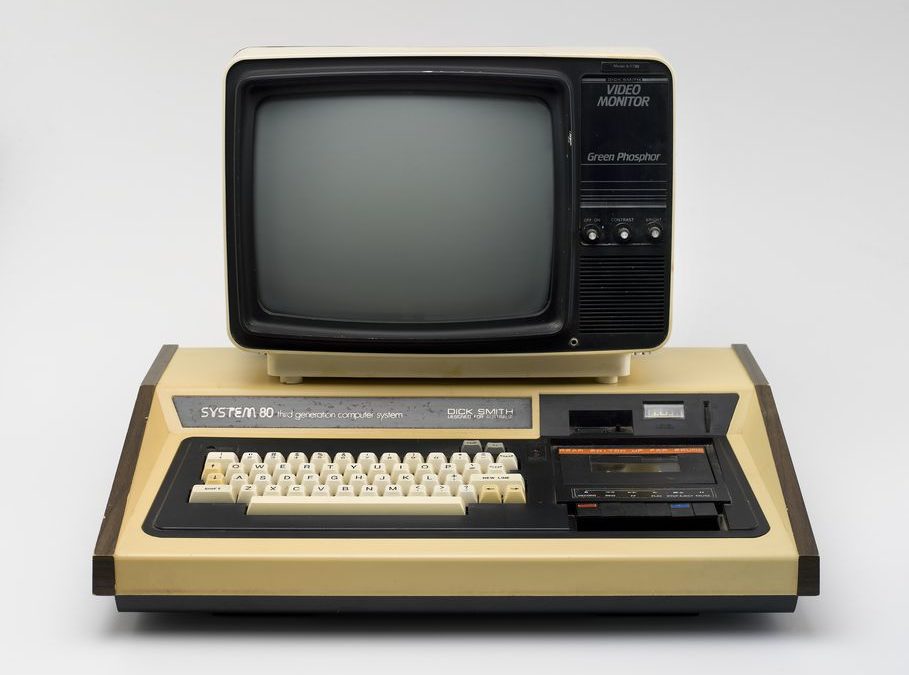
Early 80s games, and their huge influence on my (non-IT) career
I was never in the “gaming scene” or “gaming culture” as such. I was never a member of a software-swapping “club” nor did I spend many night and weekends gaming with my peers. Unlike many retro-gaming enthusiasts, who remember the games of their school and teenage years, by the time I got my first computer (the Dick Smith System 80) I was already 23, married and hard at work.
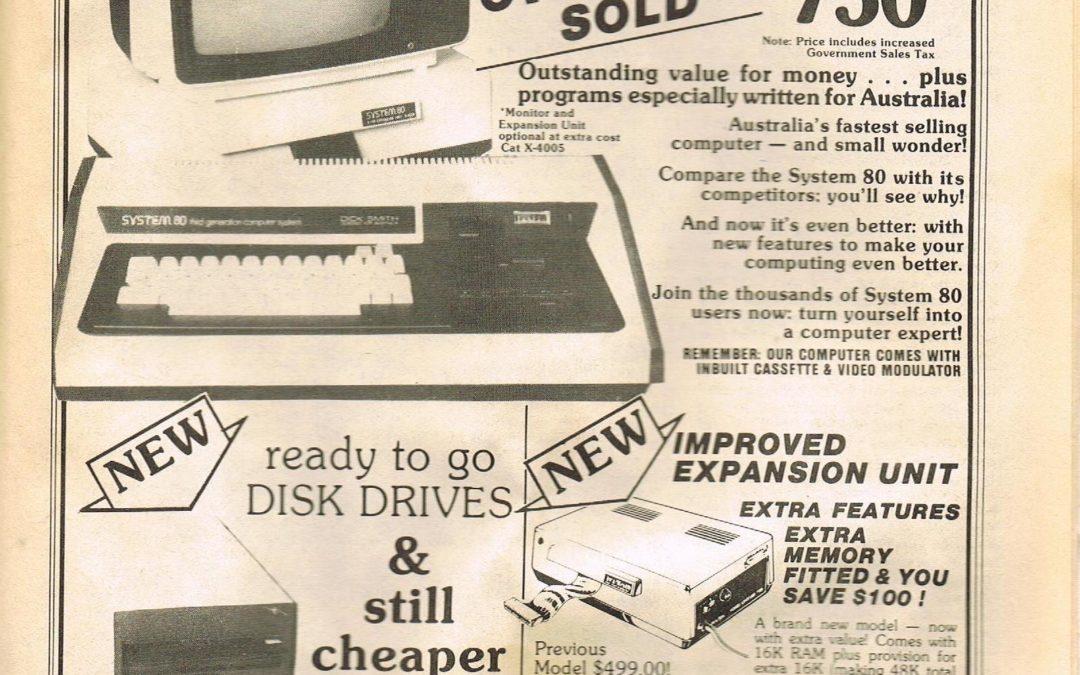
‘Little’ computers
What was the games computer in your house? Did your household spend up big, or opt for a ‘little’ computer? Was the purchase a big deal occasioning much research, or did it just arrive? Did it plug into a (the?) TV or separate monitor? What are your abiding memories of using it? Please tell us your story, better still if you have pictures!
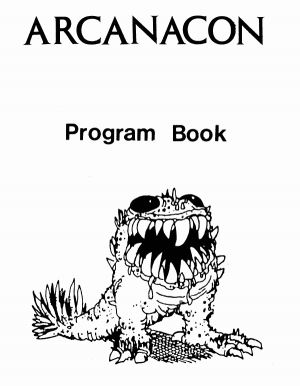
Role Playing Games Conventions in 1980s and local community
Local role playing games conventions such as Melbourne’s Arcanacon and Canberra’s Cancon were important in the 1980s in bringing together people who were interested in the emerging genre of home computer games. Steve Fawkner, author of the “Warlords” series and “Puzzlequest” games, recalls taking the first computer game he wrote “Quest for the Holy Grail” to a games convention in Melbourne in 1984 and giving it away.
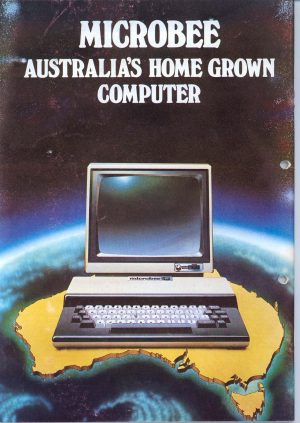
Microbee – a local AU computer
The Microbee was an Australian computer designed, built, and marketed by Applied Technology, in Gosford, N.S.W. Originally released in February 1982, it was intended for the schools market but also had a wide and deep following amongst home users. A considerable amount of software was published locally for the Microbee, through Honeysoft. Many titles were games.
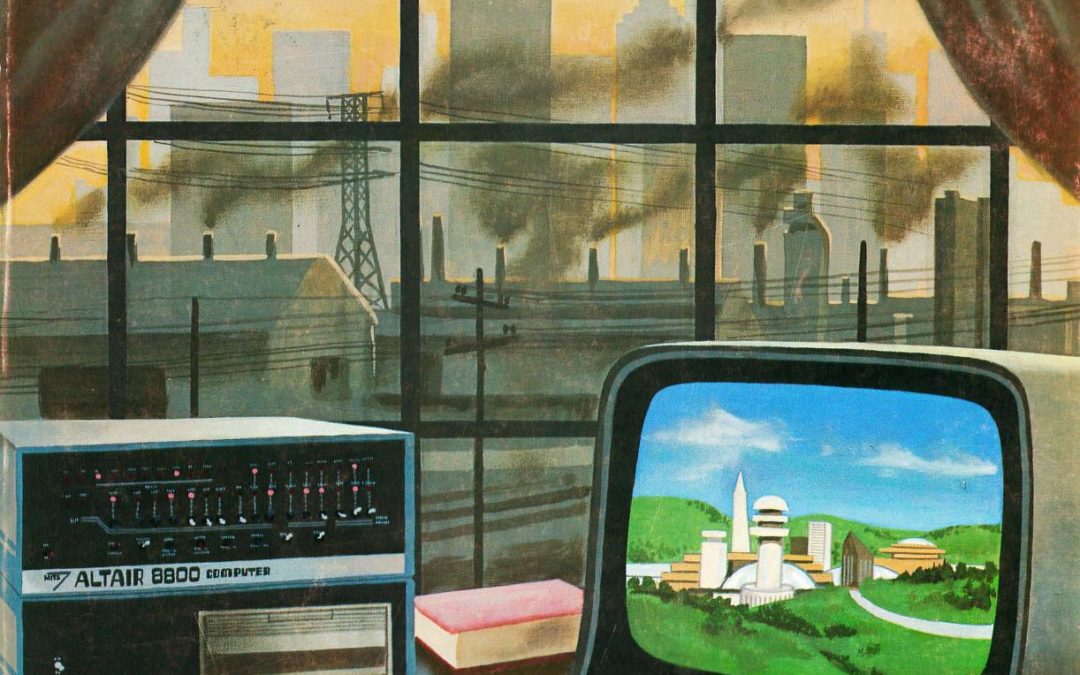
Build your own computer
In the long 1980s decade, some hardly souls in both New Zealand and Australia built their own computers.
New Zealand Microcomputer Club legend, Selwyn Arrow, recalls building his first computer (or part thereof):
It was either Christmas 77 or 78, more likely 1978…A copy of Byte magazine arrived…I read it twice, including all the ads. It just opened up a whole new world…
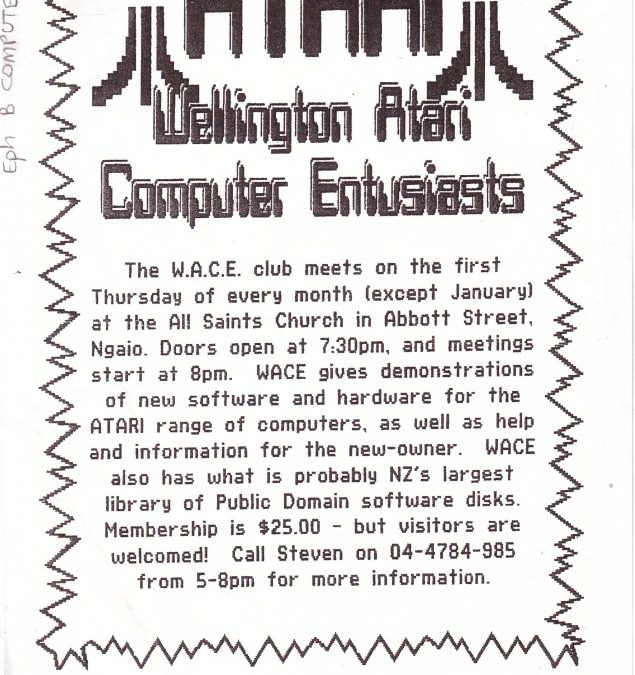
User Groups
Were you a user group sort of person? What did your user group do? How did you find out about it?
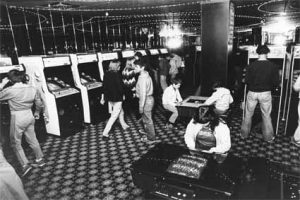
Local Arcade Culture
What was your local arcade like? Tell us about it. Were the machines new, with their own artwork? Or were they generic cabinets, converted from other games?
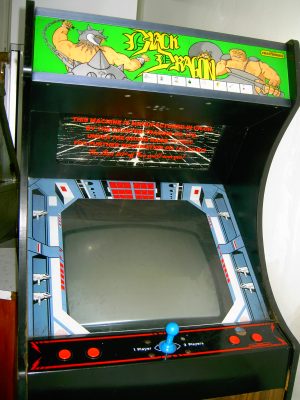
Where did you play?
How does one identify local themes and scenes in digital games history? Figuring out what is local will usually require knowledge of the non-local, won’t it? Well, in 1980s New Zealand there were some unique conditions which meant that games production developed at least partly along its own trajectory. New Zealand had a system of import licensing — first introduced in 1938 — that lasted up until the mid 1980s. The system made it unlawful to import any goods without a license from the Customs Department. According to the late historian Michael King, the system was deeply unpopular.
